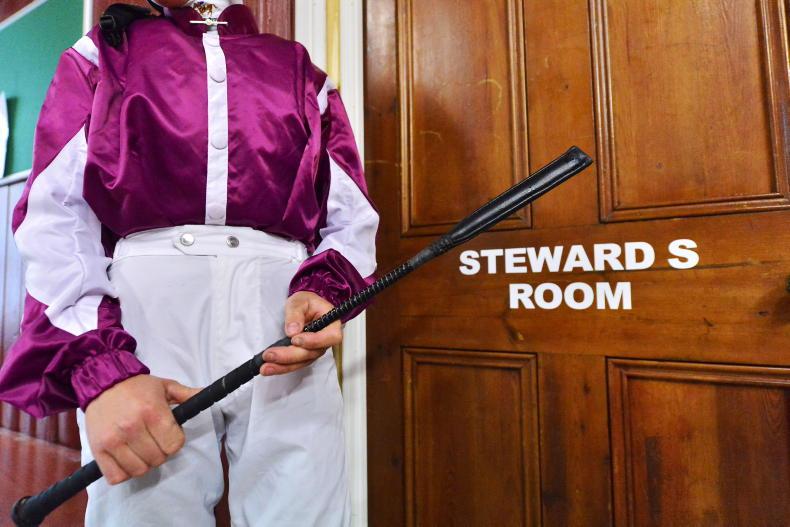A SERIES of further tweaks to the whip rules were announced this week by the British Horseracing Authority.
Regulations concerning the use of the whip in British racing underwent major changes earlier this year, with the numbers of strikes allowed in flat and jumps races reduced to six and seven respectively, with a tougher penalty structure for those in breach, including doubled suspensions for major races and disqualification in the most serious of cases.
The changes have resulted in some high-profile casualties, with both Frankie Dettori and Oisin Murphy handed eight-day bans at Royal Ascot.
Last Saturday Jim Crowley earned a 20-day suspension for his use of the whip aboard King George winner Hukum, though it is understood these latest changes to the rules were planned before that race was staged.
Six months into the new regime, a review of the whip rules by the BHA, alongside the Professional Jockeys Association (PJA) and a group of senior jockeys, has prompted the following changes.
If a flat rider uses their whip once above the permitted level, the minimum penalty of four days may now be reduced to three days if they have had 100 or more British rides since a previous offence, or two days if they have had 200 or more rides.
Over jumps, it is 75 or more rides to gain a one-day reduction and 150 or more rides to qualify for a two-day cut.
Races which incur a double penalty have also been revised and will now apply to all class one races and any class two contest with total prize money of £150,000 or more, or any class two race restricted to apprentices, conditionals or amateur jockeys only.
Possible offences are currently assessed by the Whip Review Committee on Tuesdays and Fridays, but riders who go one above the threshold will have the option of the raceday stewards dealing with any potential breach rather than waiting for the WRC, although they would not be able to appeal any decision.
The WRC will also be limited to a seven-day window to review a possible contravention of the rules, unless a potential disqualification is involved.
Four offences of use above the permitted level in a six-month period will now result in a referral under the ‘totting up’ procedure, while the top end of the penalty range had been reduced from six months to four.
It will remain the case that a rider will be referred to the BHA’s judicial panel if they commit five offences of any type in a six-month period.
Sam Angell, chair of the WRC, said: “These changes reflect an ongoing process to improve the new whip rules and penalties, while retaining the original objectives, which are to ensure more judicious use of the whip for encouragement, improve the perceptions of whip use and ensure that the outcomes of races are fair.
“The BHA remains extremely grateful to the PJA and the senior riders who have engaged so constructively with this process. This dialogue will remain ongoing.”
Data released by the BHA shows that in the last six months in a total of 37,428 rides, 425 cases were referred to the WRC with 360 breaches – equating to less than 1% of rides.
Angell added: “We continue to see a reduction in the rate of offences, which is a testament to the measures being taken by the jockeys as they continue to adapt to the new rules, for which they deserve great credit.”


 This is a subscriber-only article
This is a subscriber-only article
 It looks like you're browsing in private mode
It looks like you're browsing in private mode









SHARING OPTIONS: